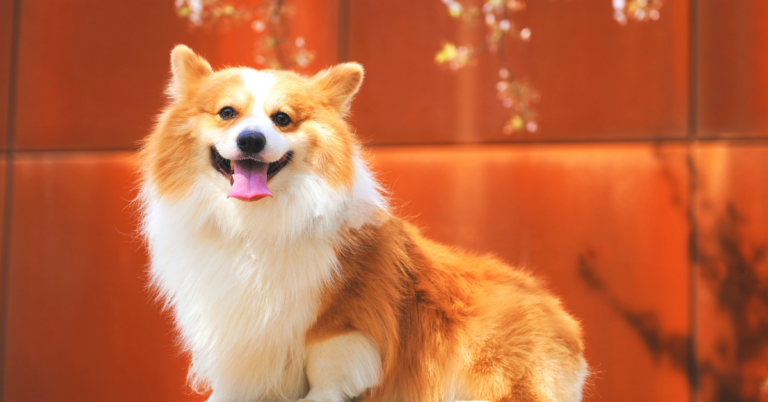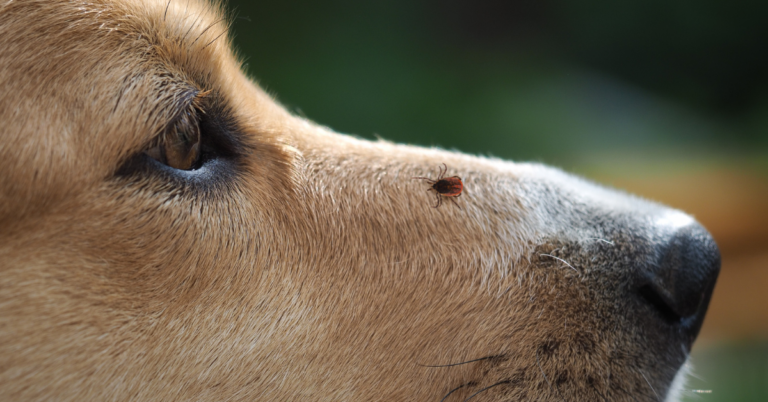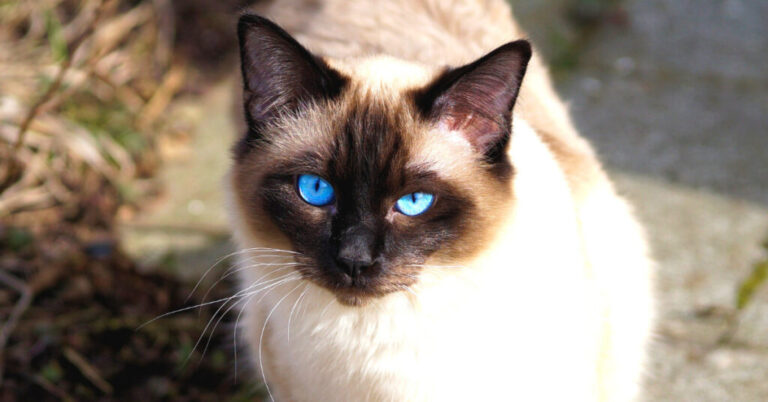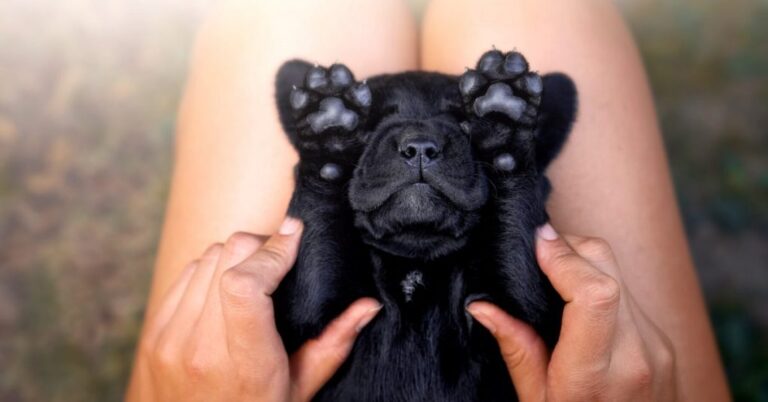Cataracts in Cats
Cataracts in cats is a rare but serious condition, which can lead to blindness if left untreated.
Feline cataracts are more common in senior cats. However, it’s less common in cats in general than in dogs. Age is not the only factor that causes feline cataracts.
It’s important to contact your veterinarian once you notice any change in your cat’s eyes or vision.
Read more to get more insight about cataracts in cats, signs, and how it can be treated and prevented.
What are Cataracts in Cats?
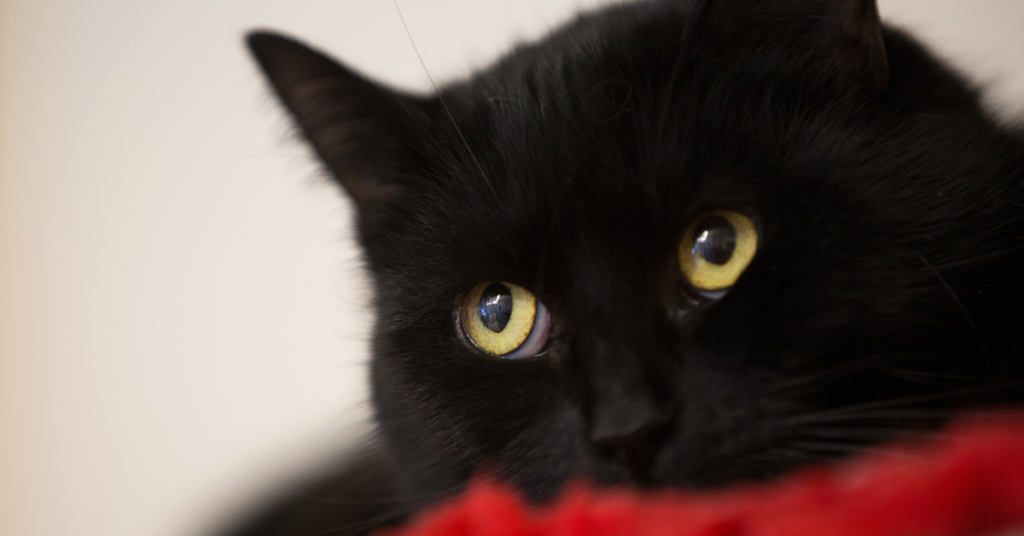
Cataracts in cats is a painless condition where the lens in the eyes is affected. The lens is responsible for focusing light on the retina, which helps the cat see.
When a cat develops cataracts, the lens becomes cloudy and it reduces the ability of focusing light on the retina. This results in having a blurry vision.
Cloudiness of the lens happens as a result of changes in the composition of the lens, which is protein fibers and water.
Cataracts can affect cats of any age or breed. However, some breeds of cats are genetically more prone to develop cataracts such as, British Shorthairs, Birmans, and Himalayans.
What Causes Cataracts in Cats?

Causes of cataracts in cats include:
- Eye inflammations such as glaucoma, cat cancer, and autoimmune diseases
- Genetics
- Eye trauma
- Diabetes or high blood pressure
- Bad nutrition
- Exposure to radiation
- Viral, bacterial, or fungal Infections
- Hypertension
Additionally, the most common cause of cataracts in cats is an inflammation known as “uveitis”, which is a result of infectious diseases like feline immunodeficiency virus, feline leukemia virus, and toxoplasmosis.
Uveitis can make the cat’s immune system identify the lens as a foreign material, which contributes to developing cataracts.
Signs of Cat Cataracts

Early diagnosed cataracts in cats may not show any signs, and the signs of cataracts can vary depending on the size of it.
However, advanced cataracts may show signs like:
- Cloudy appearance of one or both eyes
- Disorientation and having trouble finding food or water bowls
- Bumping into objects
- Cautions behavior around stairs or new and unfamiliar places
If you notice any of these signs, take your cat to the vet to help identify if your cat has cataracts, or other aging conditions, that cause cloudy eyes such as nuclear sclerosis or lenticular sclerosis.
Nuclear sclerosis is a normal change of the lens in older cats over 7 years of age, where the lens appears white and doesn’t cause loss of vision.
Diagnosis & Treatment of Cat Cataracts
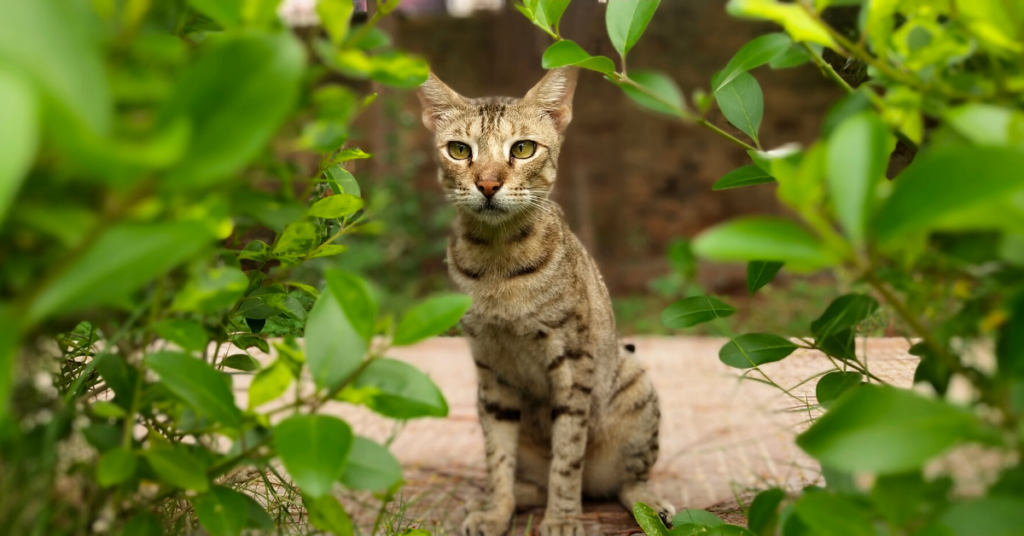
In order to diagnose cataracts in cats, the vet will usually do an eye exam. Your vet will use a special tool called ophthalmoscope to look into the cat’s eyes, and check for any abnormal opacities on the lens.
Once the cat is diagnosed with cataracts, the vet will perform more tests to identify the underlying cause.
The vet will perform blood tests, urinalysis, and any required physical examinations to determine the underlying cause of the cataracts.
Sometimes, the vet may refer you to a veterinary ophthalmologist for further advanced tests.
In order to treat cataracts, the veterinary ophthalmologist will recommend surgery that involves removing the cataract. After that, he will replace the lens of the eye with an artificial lens.
However, if the cat has a serious inflammation within the eye, surgery may not be a good option.
Medications to decrease inflammation will be prescribed such as corticosteroids or non-steroidal anti-inflammatory eye drops.
Even though medications won’t dissolve cataracts or slow their development, they can reduce inflammation and prevent glaucoma.
Feline glaucoma is a complication of cataracts, which doesn’t respond well to medical treatment, and may require removal of the eye.
This is why treatment of feline cataracts is mainly focused on preventing secondary glaucoma.
When to See a Veterinarian

If you notice any change in your cat’s eyes such as cloudiness, or any change in behavior like difficulty finding things, or bumping into objects.
It’s best to call your veterinarian to help in early diagnosis of cataracts, and to prevent glaucoma.


